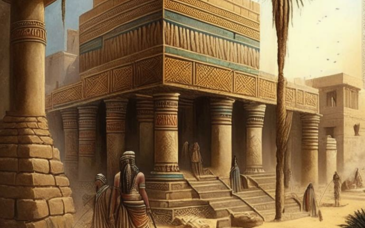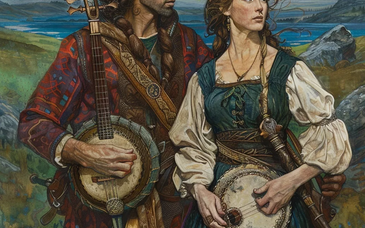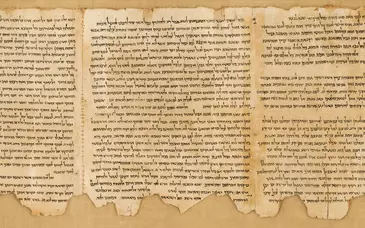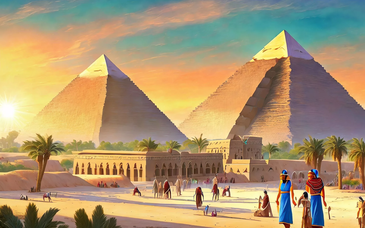Unlock the secrets of the ancient and modern wonders of Egypt as we embark on a virtual journey through a series of captivating lectures. From the pyramids of Giza to the vibrant tapestry of contemporary Egyptian culture, these educational sessions promise to unravel the mysteries and complexities of this storied land.
🏛️ Ancient Marvels: Decoding the Mysteries of the Pyramids and Temples
Delve into the world of the pharaohs as expert lecturers guide you through the engineering marvels of the Pyramids of Giza, the temples of Luxor, and the Sphinx. Gain insights into the cultural, religious, and architectural significance of these ancient wonders, and discover the latest archaeological findings that continue to reshape our understanding of Egypt's glorious past.
🌍 Timeless Treasures: A Journey Through Egypt's Historical Epochs
Embark on a chronological exploration of Egypt's history, from the time of the pharaohs to the Greco-Roman period, and onward to the Islamic and modern eras. Lecturers will unravel the threads of continuity and change, providing a comprehensive overview of the cultural, political, and social transformations that have shaped Egypt's identity over millennia.
🎨 Egyptian Art and Culture: An In-Depth Examination
Immerse yourself in the vibrant world of Egyptian art, music, and literature. Lectures will highlight the evolution of artistic expression throughout history, from the intricate hieroglyphics of the ancient Egyptians to the contemporary works of modern Egyptian artists. Explore how cultural expressions have served as a mirror reflecting the soul of the nation.
🌄 Nile River: Lifeline of Egypt - Ecological and Historical Perspectives
Journey along the banks of the Nile River, the lifeblood of Egypt. Lecturers will elucidate the ecological significance of the Nile, its impact on agriculture, and the historical context of civilizations flourishing along its shores. Gain a deep appreciation for the intricate relationship between the river and the development of Egyptian society.
🔍 Modern Egypt: From Nasser to the Arab Spring
Step into the modern era as expert speakers dissect the political, economic, and social changes that have shaped contemporary Egypt. Explore key events such as the Nasser era, the peace treaty with Israel, and the dynamics of the Arab Spring, gaining valuable insights into the challenges and triumphs of Egypt in the 20th and 21st centuries.
👥 Interactive Discussions: Connect with Experts and Enthusiasts
These lectures aren't just a one-way street. Engage in interactive discussions, ask questions, and connect with fellow enthusiasts and experts. Whether you're a seasoned Egyptophile or a novice explorer, these lectures promise to enrich your understanding of Egypt's rich history and cultural heritage.
Join us for an enlightening series of lectures that promise to transform your perspective on Egypt, offering a nuanced and comprehensive exploration of this fascinating land through the lenses of history, culture, and art.




